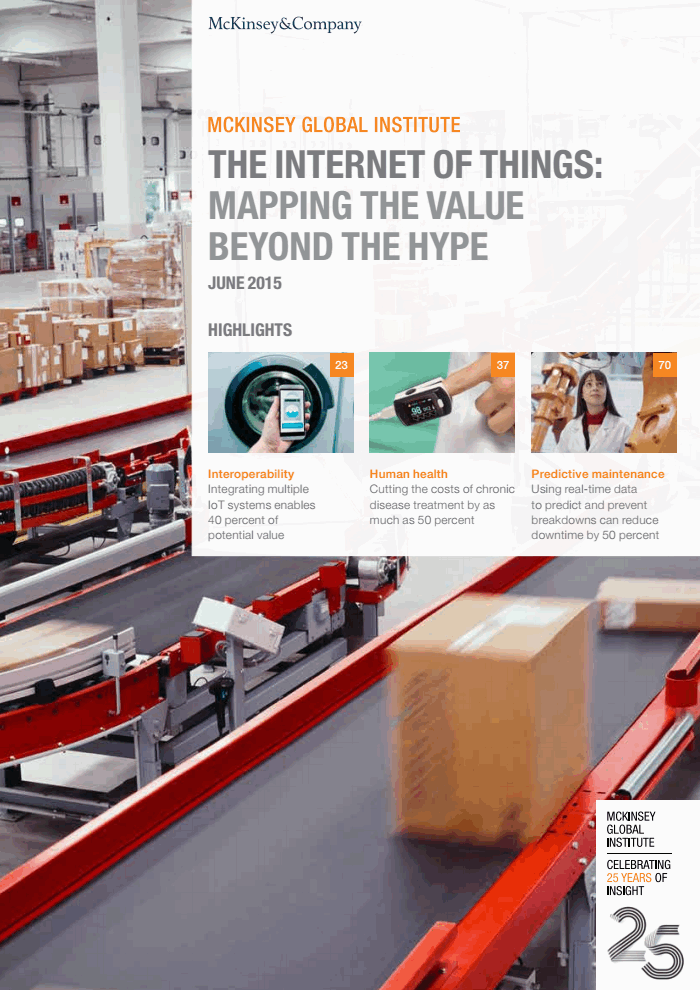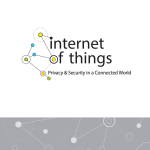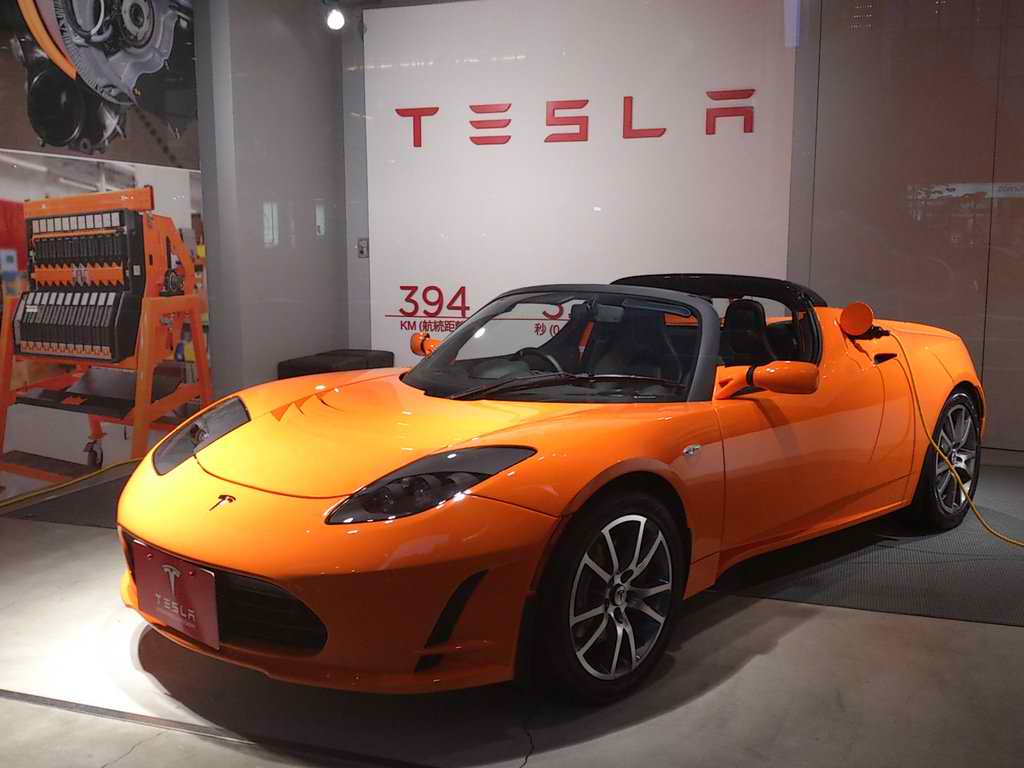Pardon me: this is a very personal post.
For about an hour Thursday night we didn’t know whether my son’s home in Lawrence was one of those blown up by the gasline explosions (fortunately, he and his dear family were never at risk — they’re living in Bolivia for two years — but the house was right at Ground Zero). Fortunately, it is intact.
However, the scare took me back to an op-ed I wrote eight years ago in Federal Computer Week after the BP catastrophe in the Gulf, when I was working in disaster communications. I proposed what in fact was an IoT-based way to avoid similar disasters in the future: what I called “Regulation 3.0,” which would be a win-win solution for critical infrastructure companies (85% of the critical infrastructure in the US is in private hands) and the public interest by installing IoT-monitoring sensors and M2M control devices that would act automatically on that sensor data, rather than requiring human intervention:
- in daily operations, it would let the companies dramatically increase their efficiency by giving real-time data on where the contents were and the condition of pipelines, wires, etc. so the operations could be optimized.
- in a disaster, as we found out in Lawrence and Andover, where Columbia Gas evidently blew it on response management, government agencies (and, conceivably, even the general public, might have real-time data, to speed the response (that’s because of one of my IoT Essential Truths, “share data, don’t hoard it”).
We could never have that real-time data sharing in the past, so we were totally dependent on the responsible companies for data, which even they probably didn’t have because of the inability to monitor flow, etc.
Today, by contrast, we need to get beyond the old prescriptive regulations, which told companies what equipment to install (holding back progress when new, more efficient controls were created, and switch to performance-based regulation where the companies would instead be held to standards (i.e., in the not-too-distant future, when the IoT will be commonplace, collecting and sharing real-time data on their facilities), so they’d be free to adopt even better technology in the future.
However, Regulation 3.0 should become the norm, because it would be better all around:
- helping the companies’ improve their daily operations.
- cutting the cost of compliance (because data could be crunched and reported instantly, without requiring humans compiling and submitting it).
- reducing the chance of incidents ever happening (When I wrote the op-ed I’d never heard of IoT-based “predictive maintenance,” which lets companies spot maintenance issues at the earliest point, so they can do repairs quickly and cheaper than if having to respond once they’re full-blown problems.).
I had a chance to discuss the concept yesterday with Rep. Joe Kennedy, who showed a real knowledge of the IoT and seemed open to the incident.
Eight years after I first broached the concept, PTC reports that the pipeline industry is now impementing IoT-based operations, with benefits including:
- Situational awareness..
- Situational intelligence..
- and Predictive analytics.
Clearly, this is in the economic interests of the companies that control the infrastructure, and of the public interest. The Time has come for IoT-based “Regulation 3.0.”



